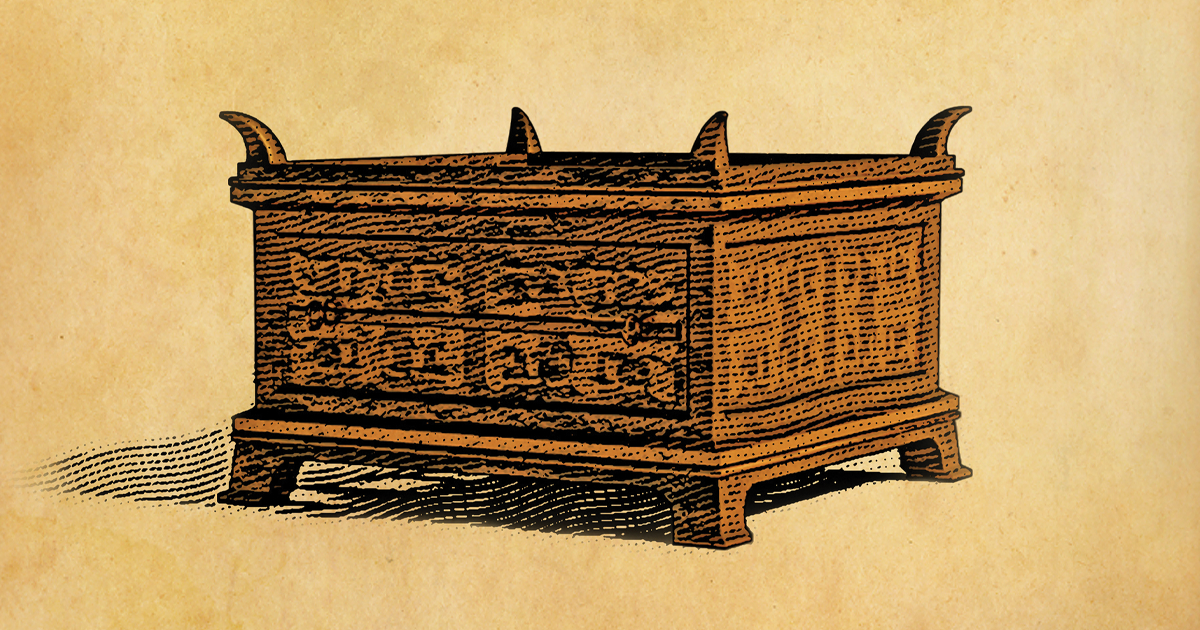Who Can Enter God’s Tabernacle?
Bible study on The Brazen Altar.
APPROACHING WITH THEIR ANIMALS IN HAND, WORSHIPPERS JOINED A LONG LINE THAT LED TO THE GATE OF THE TABERNACLE. IN THE DISTANCE, THEY COULD SEE THE SMOKE RISING HEAVENWARD, THEN AS THEY GOT CLOSER THEY SMELLED BURNING MEAT. SOMETIMES THE COW OR THE SHEEP GREW RESTLESS. COULD IT HEAR THE DYING MOANS OF OTHER ANIMALS? DID IT SENSE THE DANGER THAT THE AROMA CONVEYED?
Upon entering the gate the first thing in view was the Brazen Altar, the largest furnishing in the Tabernacle complex. It was impossible to miss. The Brazen Altar measured 7.5 feet square with sides that stood 4.5 feet high. There was a flurry of organized chaos as priests performed their various duties. Some were working with the worshipper slaughtering the animals for sacrifice, others butchering them to lay the pieces on the altar, while still others were moving the pieces around to be consumed by the fire. Others attended to the fire while still others were constantly removing the ashes. It was not only busy, but bloody, noisy and dirty. The ground was so saturated with blood that a small crimson river flowed from the altar. While the priests began their day with clean robes, they were scorched from the fire, blackened by smoke and bloodied from the sacrifices. The whole scene was repulsive to look at – just what it was meant by God to be.
Everything about the altar was symbolic. As the worshipper took part and considered what was happening, the symbolism of the rites gave them meaning. Constructed of acacia wood, the altar was overlaid with brass. Acacia wood, a product of the desert climate, is common yet incredibly durable. The covering was recycled from the brass censors that were left behind when Korah instituted a priestly mutiny (Numbers 16). The altar was symbolic of Christ. The wood spoke of Christ’s human body made from the common elements that compose the human body. The brass, symbolizing judgment, revealed Christ as the judge of sin.
Most important was the placement of the altar. No one, not the commoner or royalty or even the priest, could proceed into the compound without going by the altar. No one could enter the Holy Place or the Holy of Holies without first sacrificing at the altar. It was central. The Brazen Altar’s function was ultimately replaced with the cross of Jesus Christ, that place of sacrifice central not only to Christianity as a religion but to the life of any who would come to God. As it was impossible to proceed into the beauty and the promise of the Tabernacle, so it is impossible for anyone to enter into salvation or the promise of Heaven without the cross. At the Brazen Altar, there was no allowance for good intentions or recitations of accomplishments. All stood before it as sinners in need of forgiveness. Nor will it be that God will grant entry into Heaven to sincere or gifted or good intentioned people without their sin being dealt with at the cross of Christ. It is central and it is unavoidable.
No one could send someone in his stead to offer the sacrifice. Each one had to personally appear, an acknowledgement of personal guilt and need of forgiveness. Not only that, they were not free to offer whatever they wanted. Fruits and vegetables were not acceptable on the Brazen Altar—only a blood sacrifice. Why was that?
First, our sin deeply offends God. As the offended party, He is the one who dictates what is and is not acceptable when a person seeks forgiveness.
Second, our sin is a serious matter. While we may minimize or explain away what we have done wrong, God knows not only what wrongs we did do, but the wrongs we intended to do. How can He make us understand how serious it is? By making the price for forgiveness serious. Someone, something must die because our sin deserves capital punishment.
Fortunately, in the Old Testament days, in His mercy God provided an animal as a substitute for a human life. But God wanted humankind to grasp the penalty for sin, so the worshipper must offer something of value, something that would have enjoyed a long and happy life were it not for the actions of the sinner. The worshipper held the animal, felt its warmth, watched it die and then saw its remains perish in flames. Sin has a cost.
Third, the animals were not enough. Generations of priests sacrificed herds of cattle and sheep, flocks of goats and birds. One at a time, they were brought, and one at a time, they died. This went on until days became weeks, months became years and decades turned into centuries. The animals kept dying, but sin remained. God wanted the people to understand how dangerous the sin infection was, how endless was the damage, how hopeless it was to ever overcome. A permanent solution had to be found.
That solution was Jesus Christ, known even in His day as the “Lamb of God who takes away the sin of the world” (John 1:19). Here was the one who offered Himself and who God ordained as the perfect sacrifice offered on a bloody, messy and cruel cross. Just as the Brazen Altar was the only place of forgiveness, the place where any who sought forgiveness must come, the place where each must stop and deal with their sin before moving forward, the cross stands as the only place of ultimate sacrifice and forgiveness. No lamb was more innocent or undeserving of death than the Lamb of God. It was because He died that you can have your sin dealt with once and for all.







